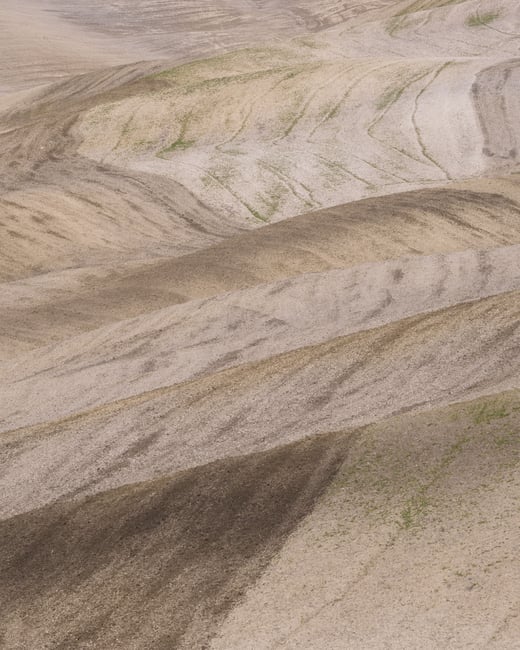دليل المبدئين لفهم عدسات الكاميرا
Understanding Camera Lenses: A Beginner’s Guide
العدسات. يمكن القول إنها أهم قطعة من المعدات التي يمكن للمصور شراءها - بل إنها أكثر أهمية من الكاميرا نفسها. ولكن ما الذي يجعل العدسات مفيدة جدًا؟ لماذا تعتبر بعض عدسات الكاميرا أفضل بكثير من غيرها؟ الجواب يتجاوز الأشياء البسيطة مثل الحدة وجودة الصورة. وبدلاً من ذلك، تعد العدسات مهمة لأنها تتحكم في الصور التي يمكنك التقاطها في المقام الأول.
Lenses. They’re arguably the most important piece of equipment a photographer can buy – even more important than the camera itself. But what makes lenses so useful? Why are some camera lenses so much better than others? The answer goes beyond simple things like sharpness and image quality. Instead, lenses matter because they control which photos you can even take in the first place.
Understanding Camera Lenses: A Beginner’s Guide
العدسات. يمكن القول إنها أهم قطعة من المعدات التي يمكن للمصور شراءها - بل إنها أكثر أهمية من الكاميرا نفسها. ولكن ما الذي يجعل العدسات مفيدة جدًا؟ لماذا تعتبر بعض عدسات الكاميرا أفضل بكثير من غيرها؟ الجواب يتجاوز الأشياء البسيطة مثل الحدة وجودة الصورة. وبدلاً من ذلك، تعد العدسات مهمة لأنها تتحكم في الصور التي يمكنك التقاطها في المقام الأول.
Lenses. They’re arguably the most important piece of equipment a photographer can buy – even more important than the camera itself. But what makes lenses so useful? Why are some camera lenses so much better than others? The answer goes beyond simple things like sharpness and image quality. Instead, lenses matter because they control which photos you can even take in the first place.









تعليق